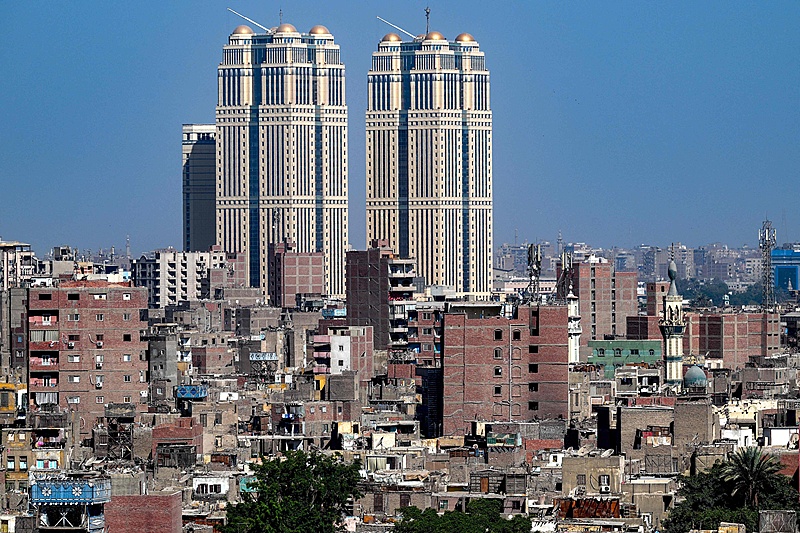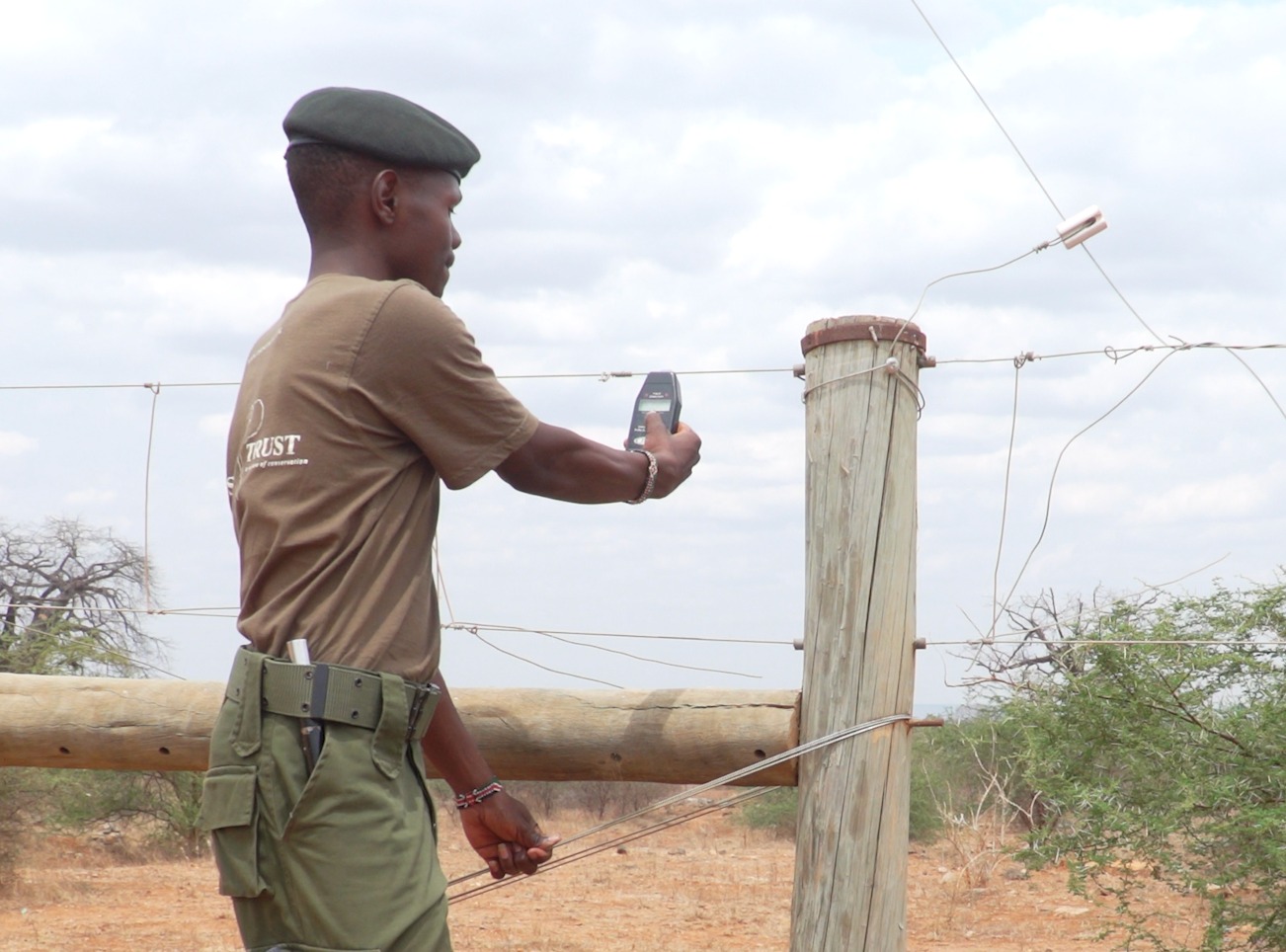
Over 100 Namibian teenage girls fall pregnant daily
About 127 girls fall pregnant every day in Namibia, a total of 46 000 number of teenage girls fell pregnant in 2013 according to a United Nations’ report that was released on the commemoration of World Population Day that is celebrated on the 11th of July annually reports The Namibian.
At least 245, 431 teenage girls aged between 15 and 19 were in Namibia when the statistics were being compiled.
Some regions in the country recorded a higher figure of at least 20 percent more teenagers getting pregnant especially in the rural areas. Reason being girls in the urban areas having better education. In addition some girls don’t know how to avoid falling pregnant, while others feel shy or are ashamed to access contraceptives. Some girls become sexually active to get material needs and food due to lack of resources according to United Nations Population Fund (UNFPA) country representative, Dennia Gayle.
“Because sexual encounters can also happen by force or coercion and in a position of a power imbalance, the adolescent girl is less likely to be able to negotiate contraceptive use, including condoms for dual protection,” Gayle explained.
Namibia’s Education Minister Katrina Hanse-Himarua teenage pregnancy is a society problem. Noting that Namibian schools need to focus more on life science subjects which have suffered serious neglect.
Civil society organizations have called it an alarming crisis, calling for drastic improvements in sexual education and access to contraceptives.
“The other problem is that children as young as 11 years are already sexually active. This is because they are exposed to sexual activities in their homes, the media – be it social or visual. Our children grow up believing in the sexual objectification of women, and that in order for us to have a good life, it’s okay to have sex,” said Women’s Solidarity Namibia director and gender activist Rosa Namises
The activist further said that, Namibia’s population under the age of 30 is 60 percent while 39 percent being under the age of 15, an asset that should be harnessed with proper investments in health, education and employment.







